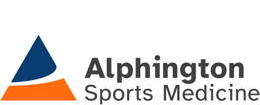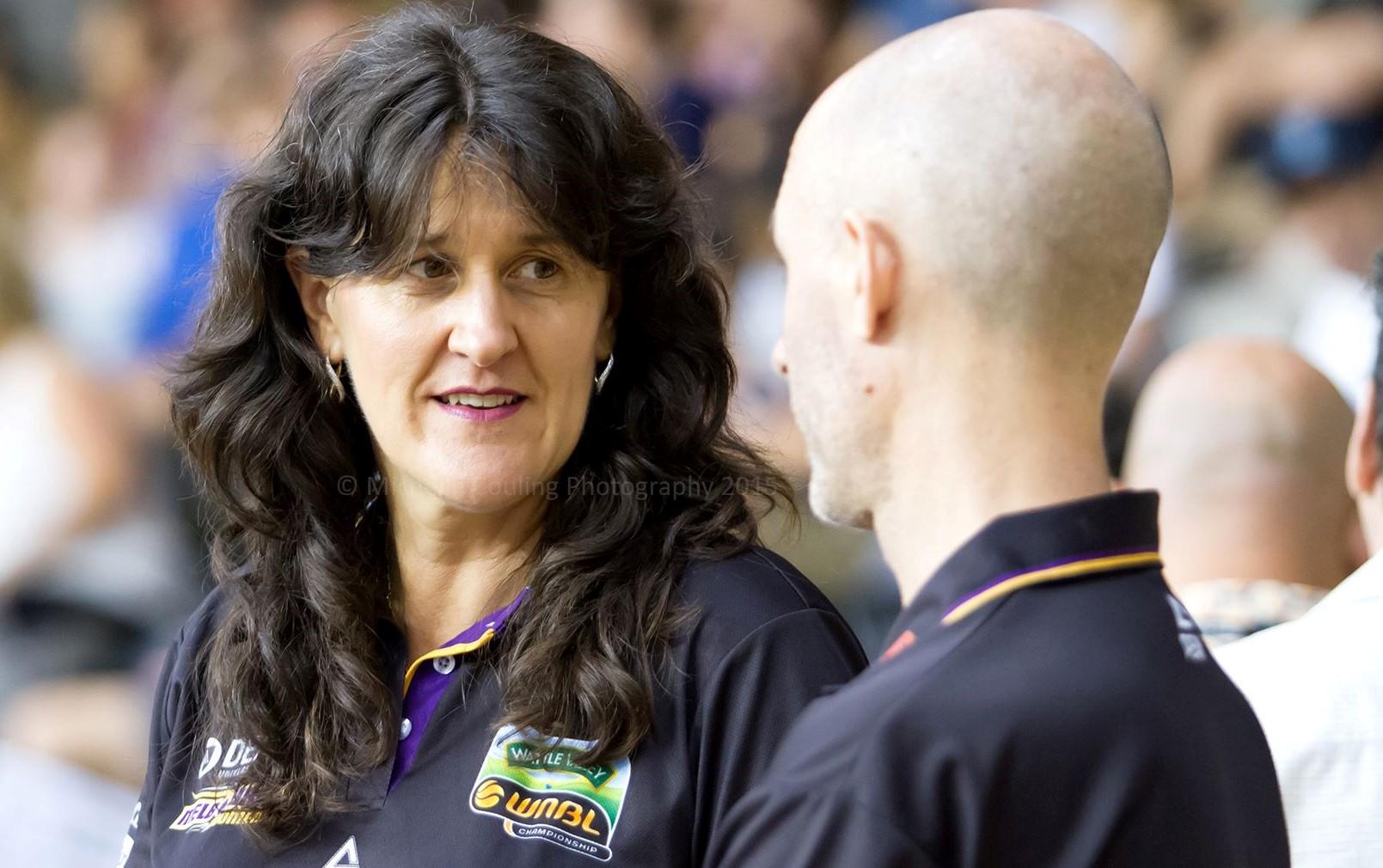Now that the 2018/19 WNBL season is over, we chatted with Alphington Sports Medicine Clinic Physiotherapist Gaylene McKay about her involvement.
When and how did you begin working as a Physio in the WNBL / for the Melbourne Boomers?
I commenced working as a Physiotherapist in the WNBL in 1991 whilst I was still playing in the Bulleen Boomers WNBL team. Once I retired as a player I have continued on as the team Physiotherapist. I have seen Bulleen Boomers WNBL team become Melbourne Boomers in recent years and am proud to have been able to look after the team for every season over so many years.
You played in the WNBL yourself for many years - do you feel that on-court experience helps you understand the needs of the players more?
I played WNBL for 17 years both at Nunawading Spectres and Bulleen Boomers. Having been a player I do understand their drive to want to get out and play, but also understand the need to protect them when they need to rehabilitate and stay off the court. It's an important balance that I do my best to manage. I also have a very good understanding of the types of injuries that occur and a systematic approach into integrating them back to playing basketball following an injury.
I have also done a lot of coaching since retiring from playing WNBL so have a good understanding of the coaches' perspective - wanting to have players available as much as possible but doing the right thing by the players health and well-being. Another balancing act.
Overall, understanding it from the perspective of a player, a coach and a physiotherapist is advantageous for everyone involved.
What do you like most about the work?
There are many facets that I like about this work. I really value being part of a team and helping that team be the best they can be. I also enjoy the camaraderie of being part of this calibre team and watching the development of the game I love in Australia. From a physiotherapy perspective, the work continues to challenge my diagnostic, treatment and management skills and I find this a stimulating type of work that keeps me loving what I do. I really enjoy helping people and I am blessed to be able to help in this way.
As a basketballer yourself we're guessing it's hard being on the side-lines, but what else do you find the challenging about your off-court role?
The most difficult and challenging thing to do is to tell any player that they will miss a substantial amount of time away from the game due to a serious injury. My heart goes out to them when they are so passionate about playing and these days it is often their source of income / employment.
How does this differ from other sports you are involved in / athletes you have worked with?
Each sport will have its different injury profiles and therefore different injury management and ways of integrating injured players back to sport. I enjoy working across different sports to continue to stimulate my intellect and work skills. Each sport I have worked with brings different things to my world, both professionally and personally. At the moment I am mainly working in basketball and calisthenics and I enjoy the contrasts and different challenges both these sports provide.
You completed your PhD in a basketball related topic, can you tell us about it?
My PhD investigated the injury rates, patterns of injury and risk factors for injuries in elite and recreational basketball players. Chronic ankle injuries were identified as the most common injury causing time to be missed from play. I then went on to develop some clinical tests to assess function (such as strength and balance) for basketball players who had chronic ankle injuries. This remains a strong clinical interest for me and I have enjoyed lecturing about ankle injuries in sport for many years.



